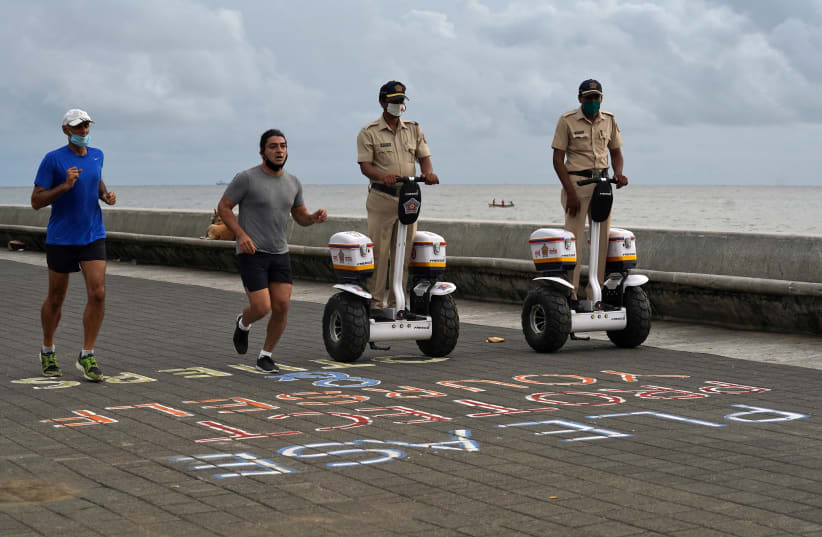The doctor spoke about his journey with CNN on Sunday morning – a journey he began following a slew of information being disseminated regarding mask wearing claiming that it restricts oxygen levels or blood flow."I was frustrated because I've seen some photos where people who sat at a desk wearing a mask and claimed that the oxygen levels dropped just simply wearing a mask," Lawton said.Lawton ran eight miles to work, and following his shift he ran another 14. While notably uncomfortable, he stated that his oxygen levels did not waver."I don't think that masks are going to solve this on their own," Lawton told CNN. "We need to keep distance, comply with isolation, wash hands and wear a mask."In contrast, through an article published by Technocracy News, retired neurosurgeon Dr. Russell Blaylock wrote that the side effects from prolonged wearing of a face mask "can vary from headaches to increased airway resistance, carbon dioxide accumulation [and] hypoxia, all the way to serious life-threatening complications."The side effects vary depending on whether they are cloth or paper surgical masks or N95 respirator masks because the N95, being a more effective filter, also limits breathing to a greater degree, and is therefore more commonly associated with headaches, Blaylock reported.The study found that around a third of workers developed headaches when using the N95 mask, the majority had pre-existing headaches that were made worse by the use of the mask, and around three in five required pain medication to relieve the headache.And although tight straps or pressure from the mask were considered as potential causes, the evidence pointed to the headaches being caused by reduced blood oxygenation, or an increase in carbon dioxide in the blood.The potential for masks to reduce oxygen levels in the wearer are important – not only because this can lead to passing out, but also because they have been linked to reduced natural immunity."In essence, your mask may very well put you at an increased risk of infections, and if so, having a much worse outcome," he wrote.Donna Rachel Edmunds contributed to this report.The mask didn't come off at all (no food or drink) - and oxygen levels were stubbornly 98% every time I checked. Please feel free to cite this when anyone suggests they're bad for you, and stay safe - and COVID-free.Thanks! https://t.co/ApgpoOTZCz (n/n)
— Tom Lawton (@LawtonTri) July 20, 2020
English doctor runs 22 miles in face mask to advocate its safety
Lawton ran eight miles to work and, following his shift, he ran another 14. While notably uncomfortable, he stated his oxygen levels did not waver.
